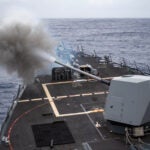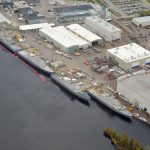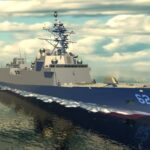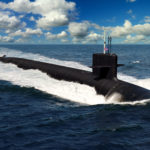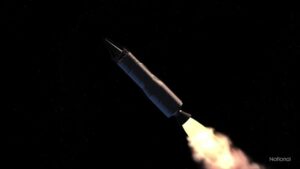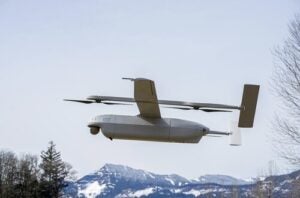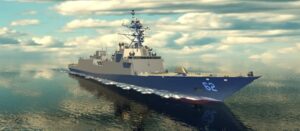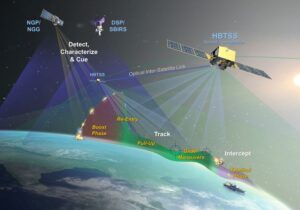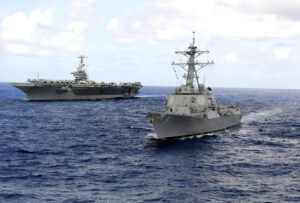
The Navy has picked the initial four Arleigh Burke-class Flight IIA destroyers to be upgraded in the Mod 2.0 effort, which upgrades sensors, radars, the Aegis combat system and cooling systems. During a presentation at the annual Surface Navy Association symposium on Jan. 10, program manager of the Destroyer Modernization 2.0 program Capt. Tim Moore said his effort is complementary to traditional modernization and sustainment work. Mod 2.0 focuses on adding versions of capabilities featured on the Flight III ships,…

 By
By 